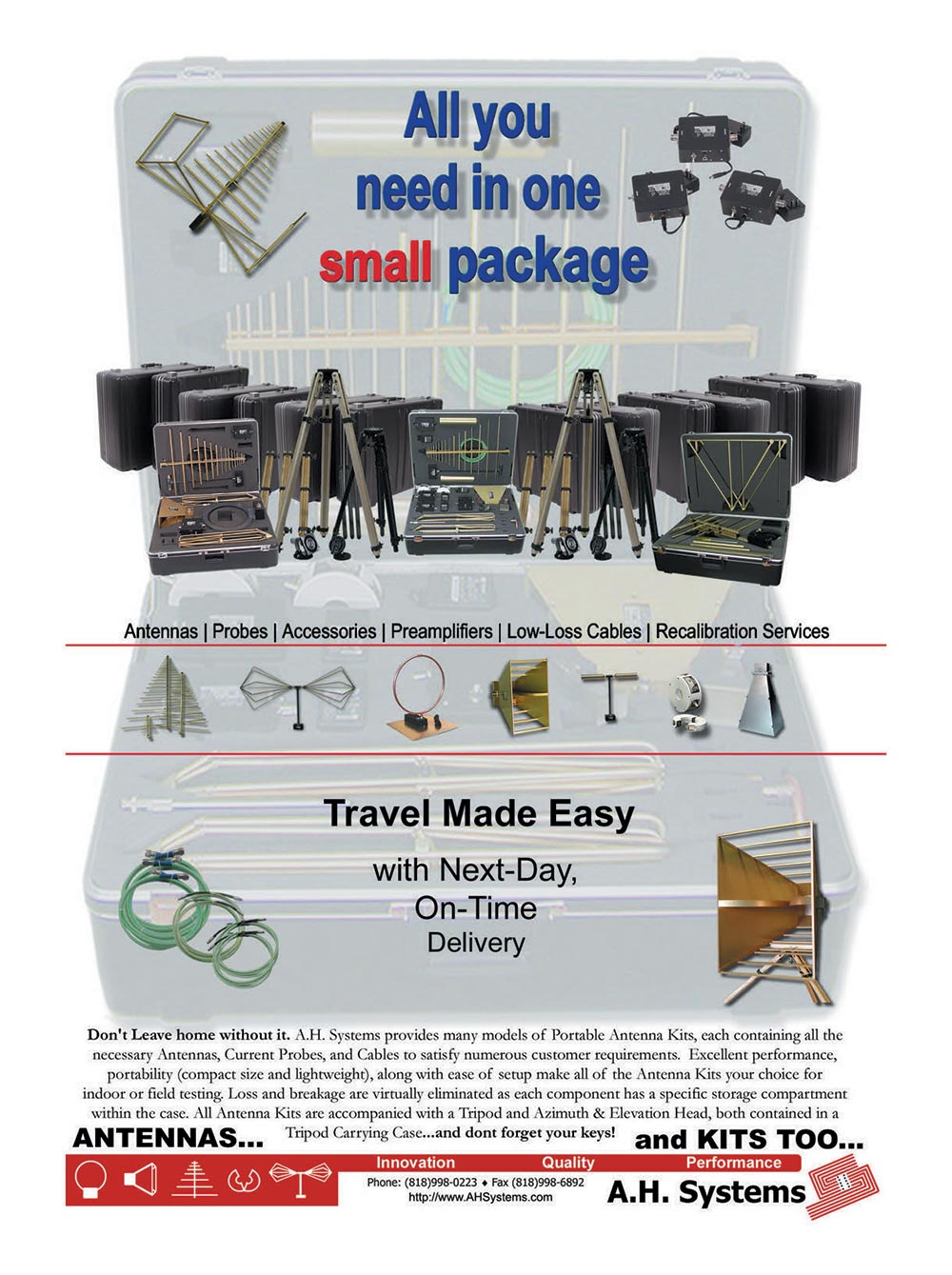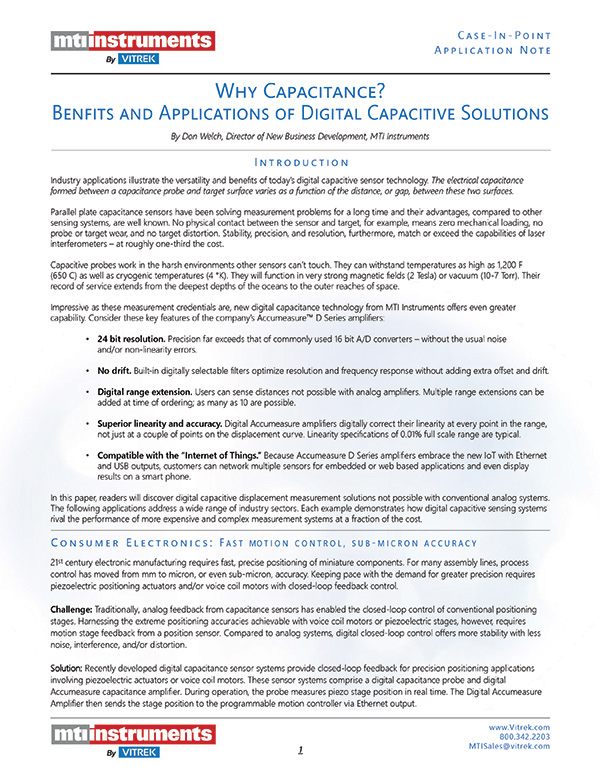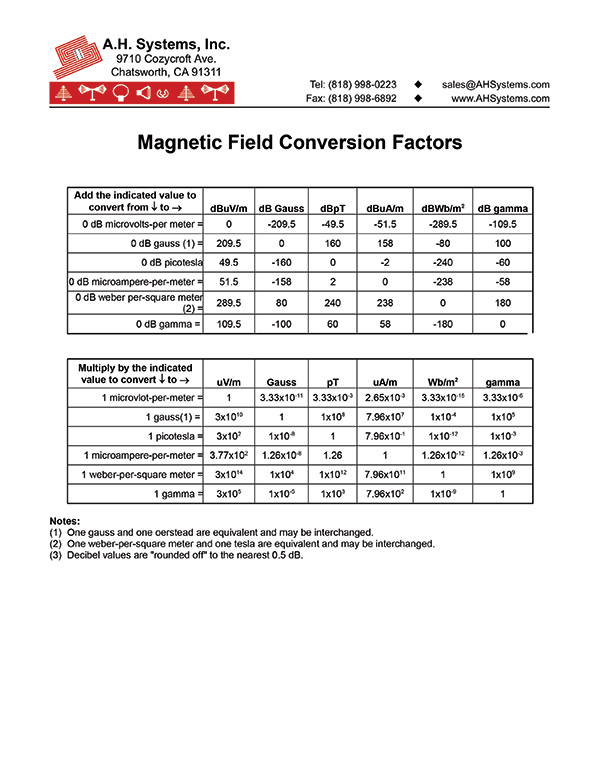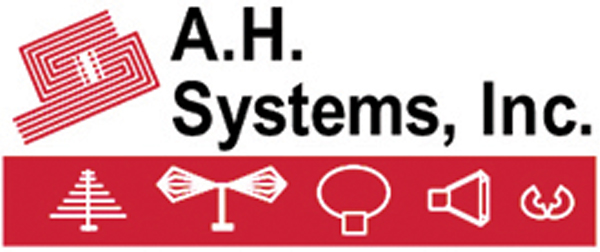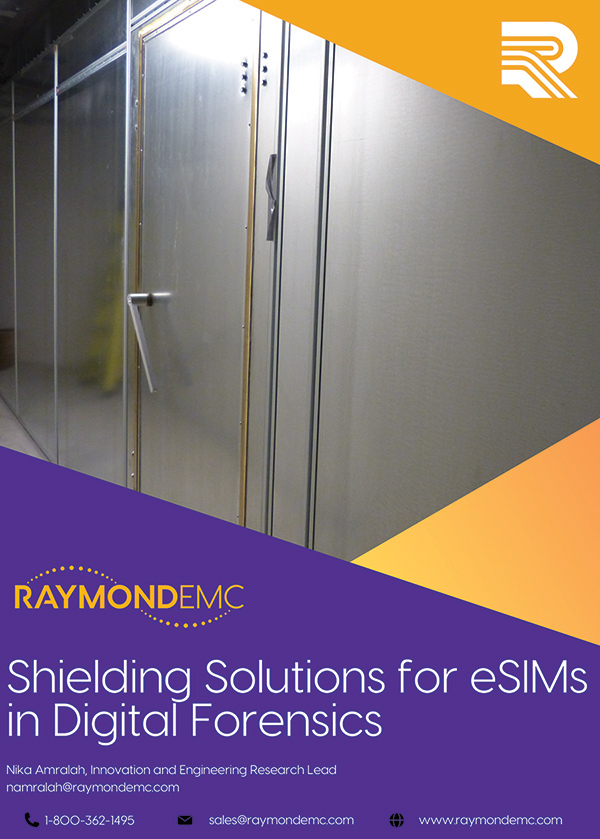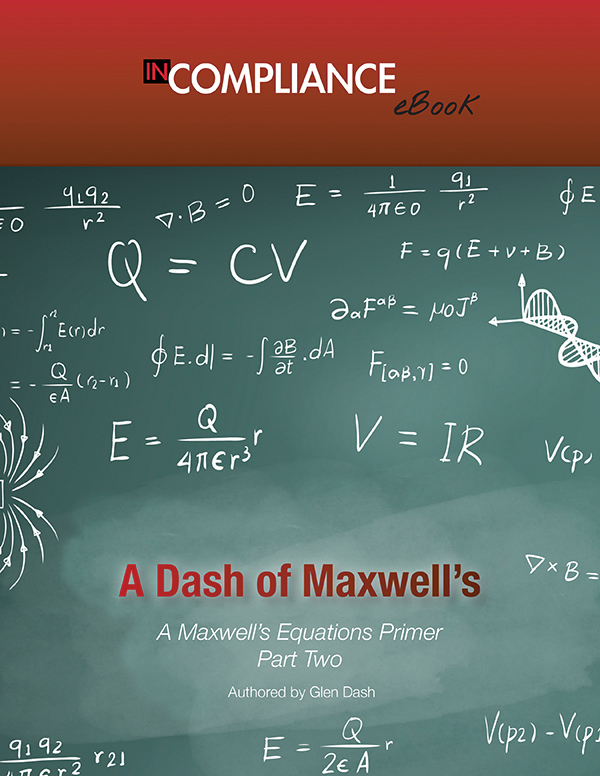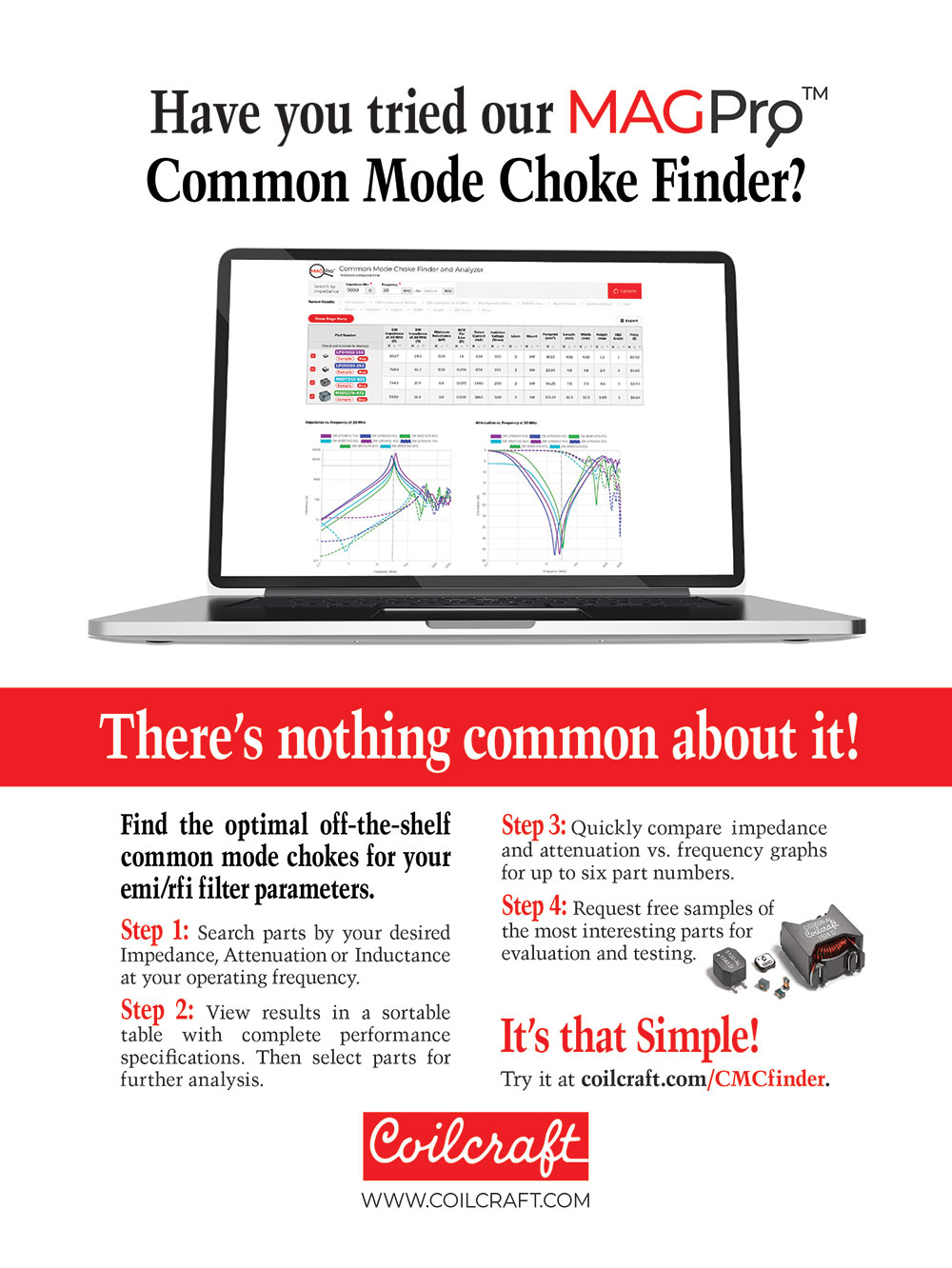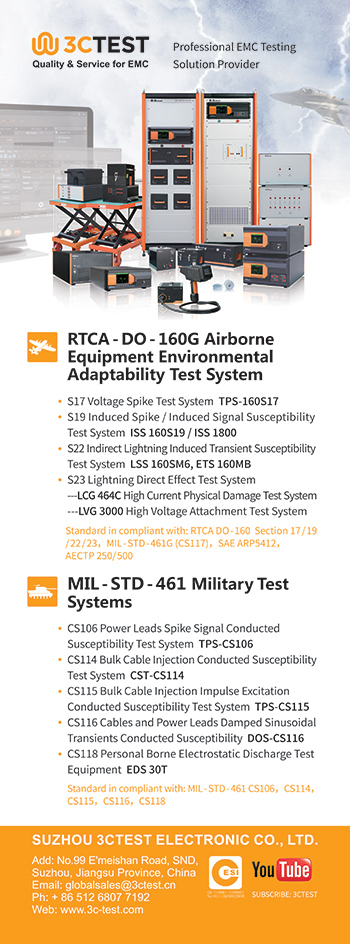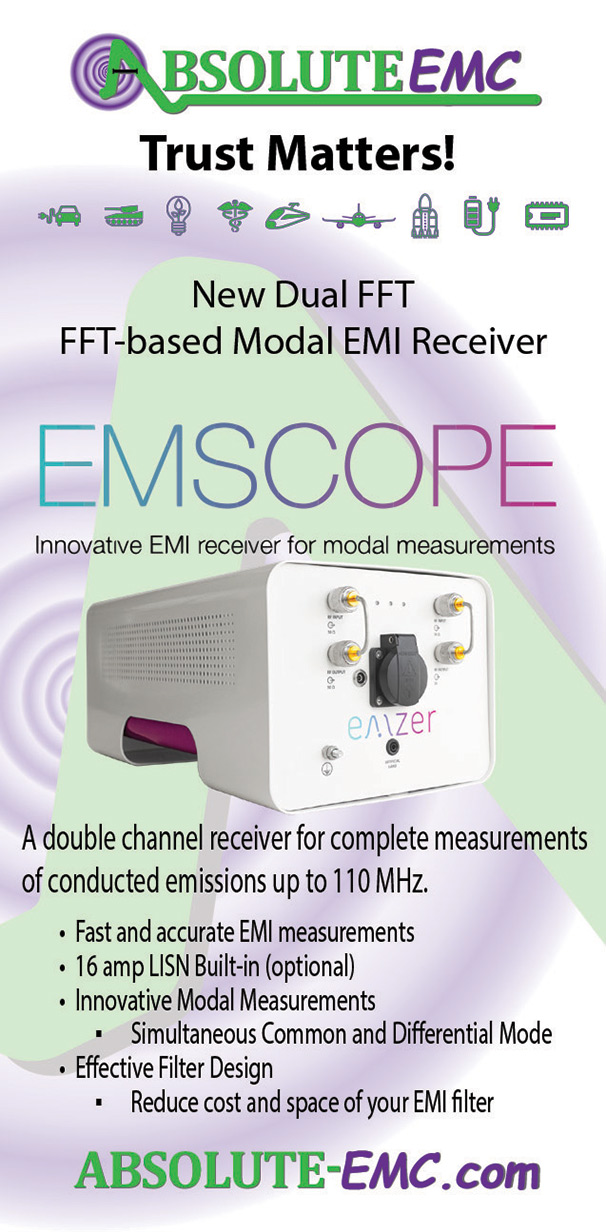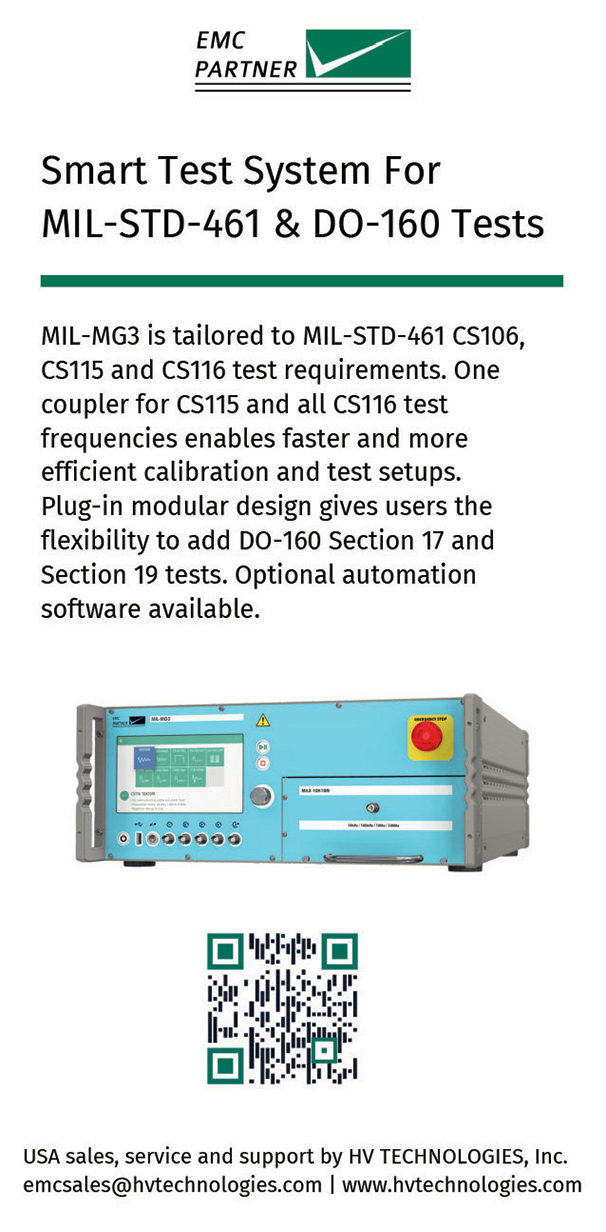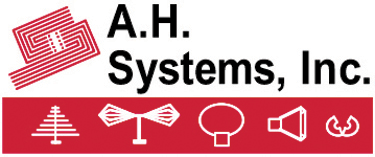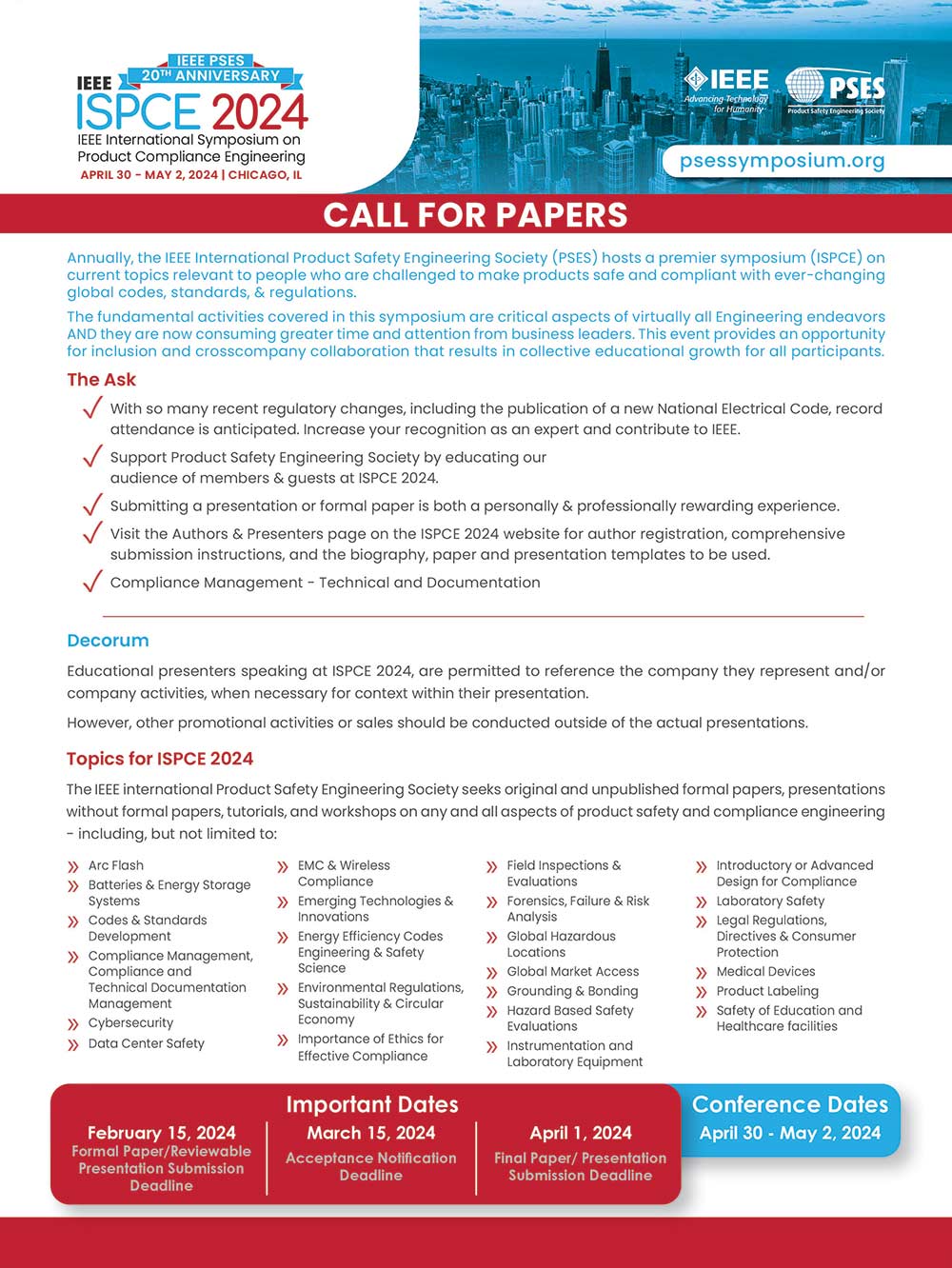
of Satellites
Electric Shock Stimulation for Complex Leakage Current Waveforms
Creating an Effective and Defensible Product Recall

Electric Shock Stimulation for Complex Leakage Current Waveforms
Creating an Effective and Defensible Product Recall
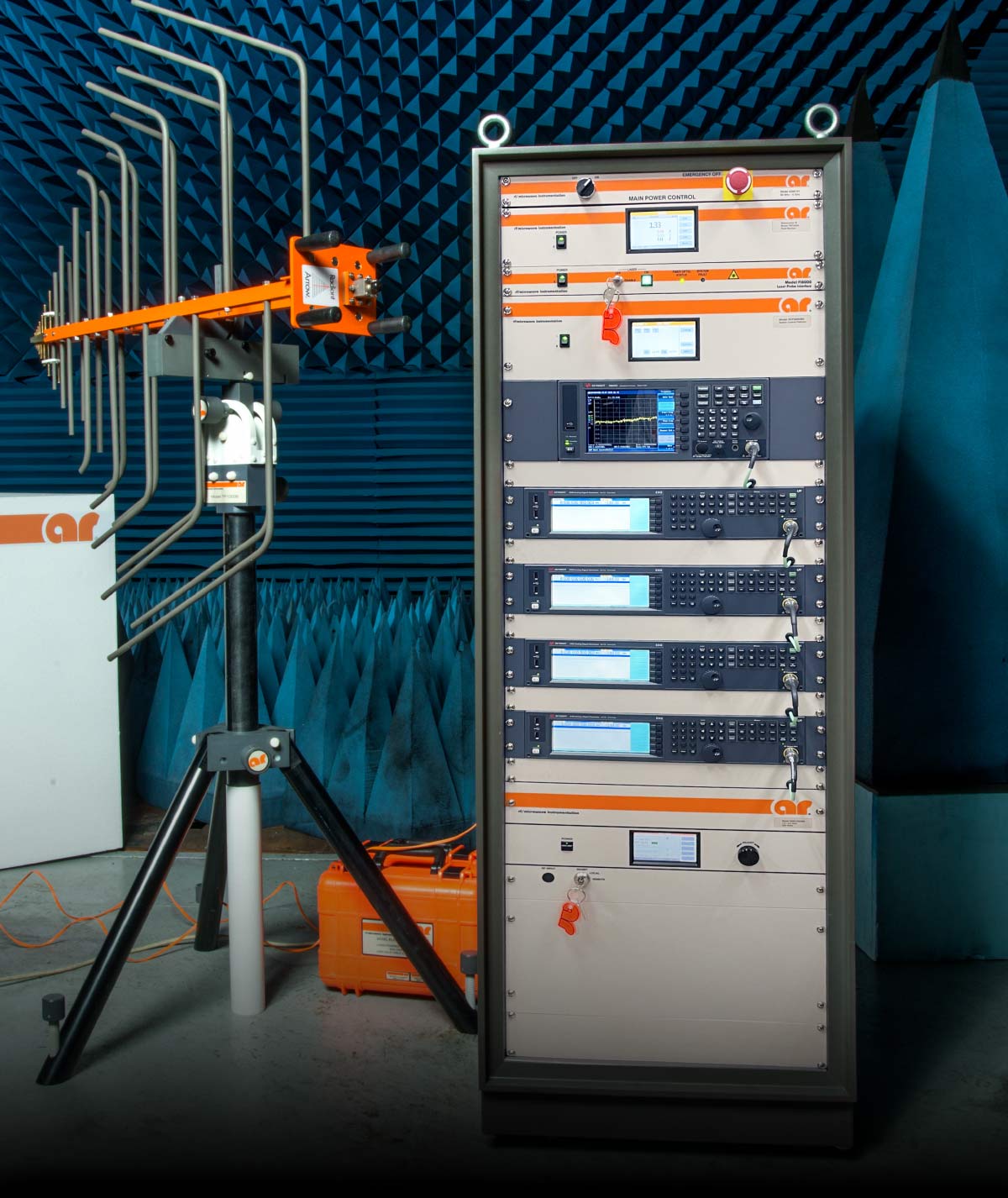
Testing Time by More Than 50%
For example, AR’s Multi-Tone System can reduce the typical time to run traditional tests such as IEC 61000-4-3, ISO 11451, and ISO 11452, by over 50%. In the event of an EUT failure, margin investigation and traditional single tone testing is easily performed through AR’s emcware® software.
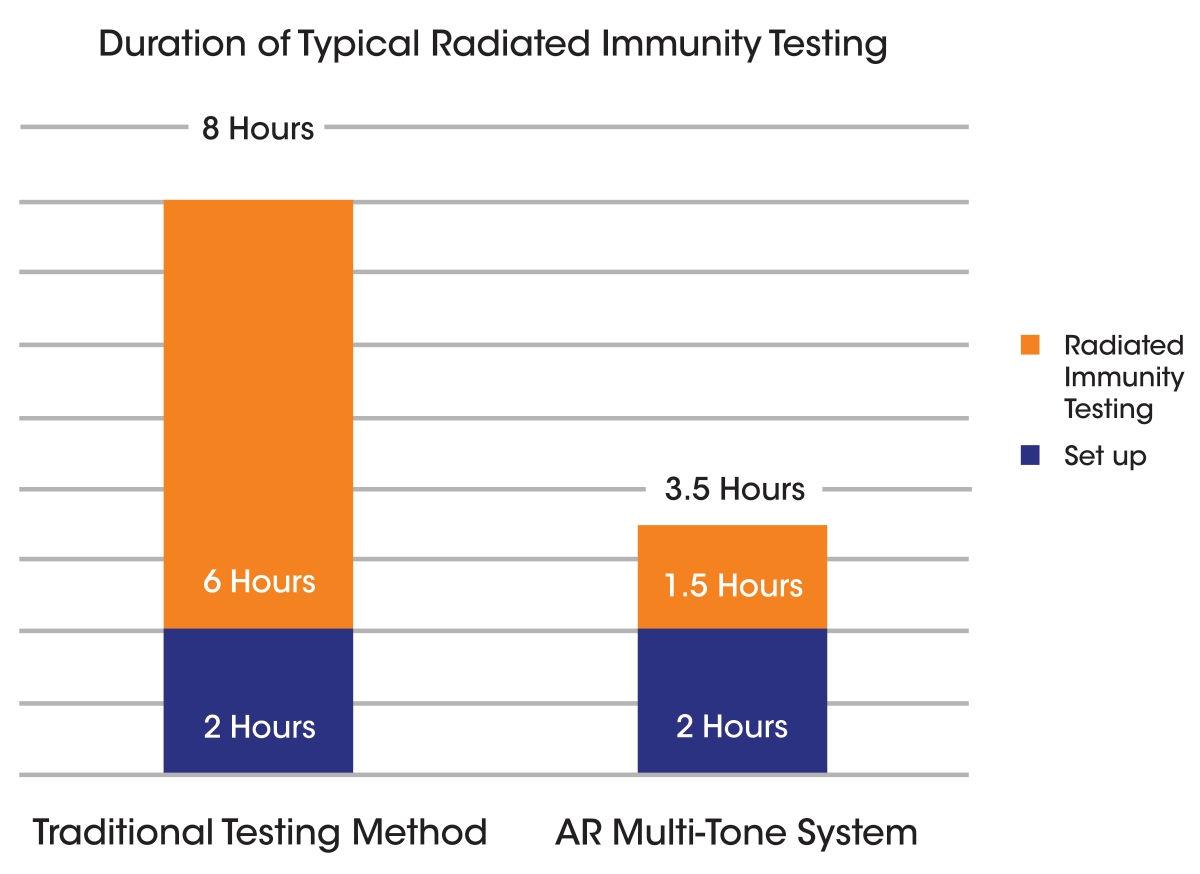
This is a creative way to help your company be more profitable by using your assets more efficiently.

ISSN 1948-8254 (print)
ISSN 1948-8262 (online)
is published by
Same Page Publishing Inc.
451 King Street, #458
Littleton, MA 01460
tel: (978) 486-4684
fax: (978) 486-4691
©Copyright 2024 Same Page Publishing, Inc. all rights reserved
Contents may not be reproduced in any form without the prior consent of the publisher.
While every attempt is made to provide accurate information, neither the publisher nor the authors accept any liability for errors or omissions.
editor-in-chief
bruce@brucearch.com
keith.armstrong@
cherryclough.com
Leo@EisnerSafety.com
dgerke@emiguru.com
ken.javor@emcompliance.com
kenrossesq@gmail.com
wernerschaefer@comcast.net
In a Notice of Proposed Rulemaking (NPRM), the FCC has proposed that 100% of all wireless handsets, including mobile phones and smartphones, be fully hearing-aid compatible (HAC) by mid-2027. Under the NPRM, handset manufacturers would have a 24-month transition period to achieve this goal. Nationwide service providers would have 30 months to reach 100% HAC, while non-nationwide service providers would have 42 months…
According to a Notice of Apparent Liability for Forfeiture issued by the Commission, Sound Around, an online seller of audio and video electronics and accessories, marketed 33 unauthorized, non-compliant radio frequency devices through its website. The company also reportedly failed to comply with repeated requests from the FCC’s Enforcement Bureau to cease its marketing of the non-compliant devices…
Don’t miss an issue! Renew today.
Get your own free subscription!

n today’s world, satellites play a critical role in providing communication, navigation, and surveillance services to the defense and aerospace industries. However, with the increasing sophistication of electronic warfare and cyberattacks, these satellites have become vulnerable to a wide range of threats. Therefore, to ensure the integrity and effectiveness of satellite systems, it is essential to develop and implement effective electronic warfare and cyber defense strategies.
This article explores the various test methods and techniques used to protect satellites from electronic warfare and cyberattacks. We will discuss the types of threats that satellites face and the challenges associated with testing for electronic warfare and cyber defense. We will also provide case studies of successful testing and protection of satellites against such attacks. Finally, we will explore future developments and research directions in this field.

mong the 44 recitals in the EU’s Ecodesign Framework Directive [1] is an assertion that the consideration of the environmental impact of an energy-related product [2] throughout its whole life cycle “has a high potential to facilitate improved environmental performance in a cost-effective way, including in terms of resource and material efficiency.”
However, the Framework Directive does not define what it means by “resource and material efficiency,” nor is this discussed in the European Commission’s Frequently Asked Questions (FAQ) on the Ecodesign Directive and its Implementing Regulations. [3]
Nevertheless, resource efficiency requirements are now getting written into EU ecodesign implementing measures. [4] For instance, the 2019 Refrigerating Appliance Ecodesign Regulation [5] specifies several resource efficiency requirements. Among these requirements are provisions for refrigerating appliance manufacturers, their authorized representatives, or importers to ensure the availability of spare parts as well as to offer access to repair and maintenance information.
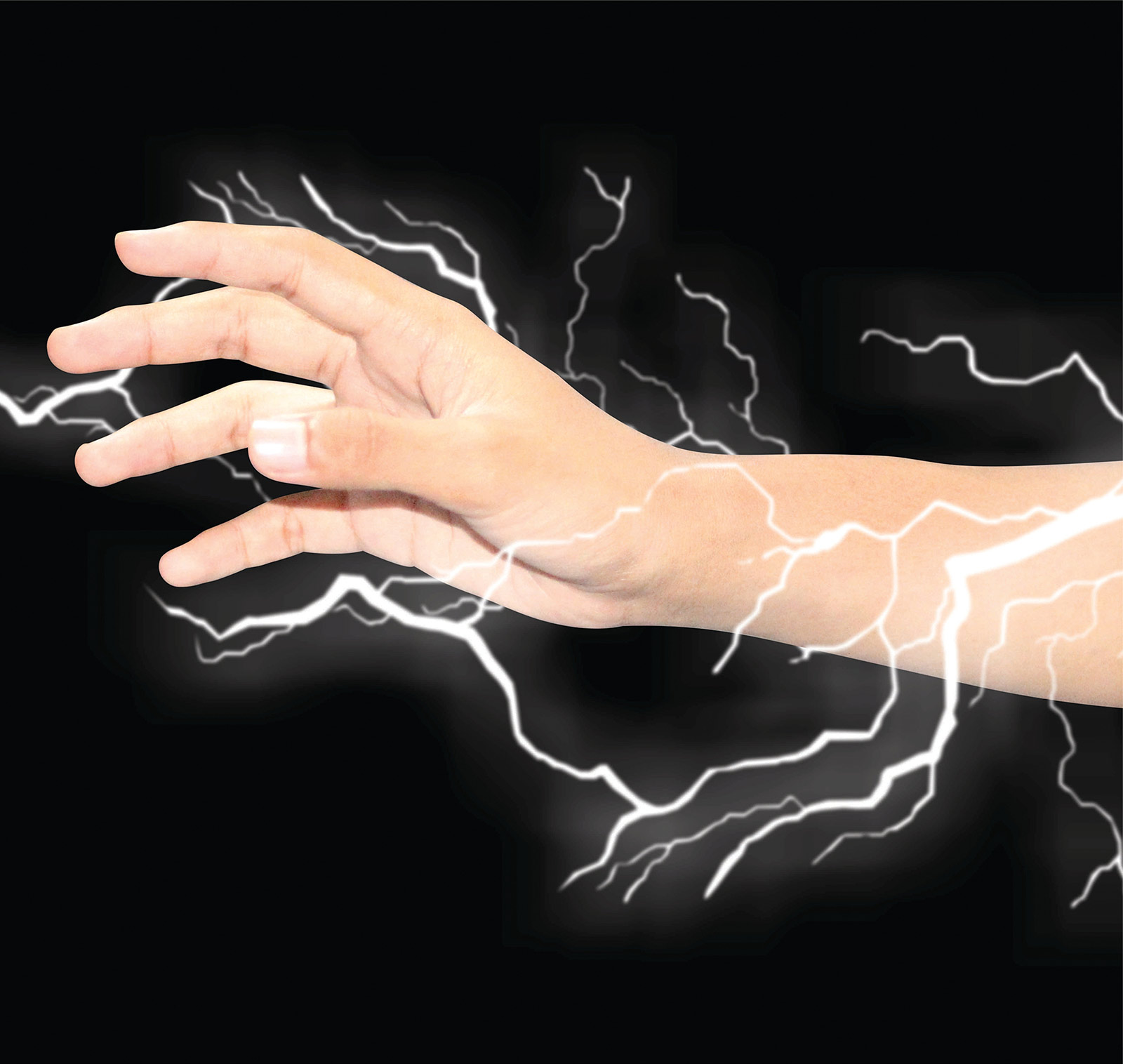
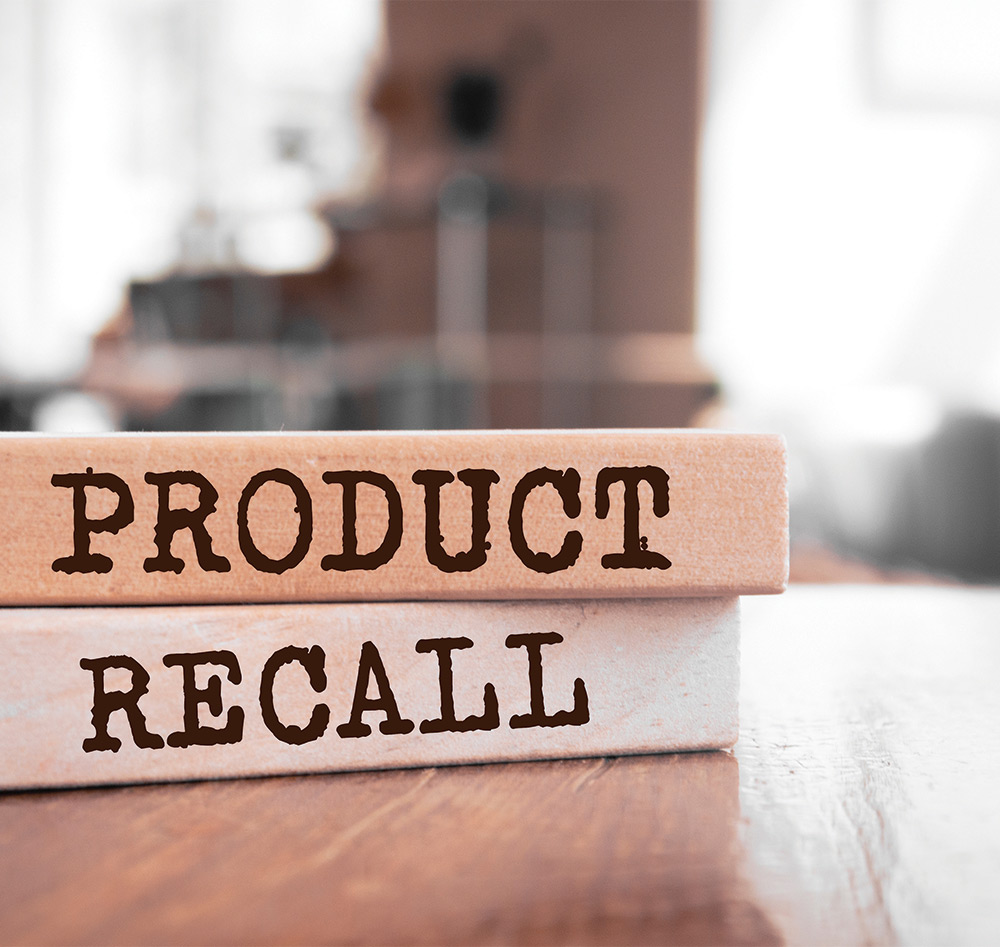
he recent news is replete with stories about product recalls being undertaken because of safety issues. In addition, there have been a number of recent jury verdicts based on injuries or deaths caused by a product that has been recalled, should have been recalled, or is in the process of being recalled. Needless to say, recalls can have a significant adverse effect on a manufacturer’s or product seller’s reputation, financial condition, relationship with retailers, and the ability to successfully defend a product liability case.
The law makes it easy for an injured party to claim that a recall was inadequate and that this inadequacy contributed to their injury. In addition, government entities in the U.S. and Europe are beginning to demand that companies do more things that should make their recalls more effective.
This article will discuss the law concerning recalls and recent government efforts to improve the effectiveness of such actions.
his column describes the operation of an ideal difference amplifier. First, the input-output relationship for the generic input voltages is derived. Subsequently, the differential mode and common mode voltages are introduced. Then, the difference amplifier driven by the common mode and differential mode input voltages is analyzed. It is shown that an ideal difference amplifier (with no resistance mismatches) eliminates the common mode portion of the input voltage and amplifies only the differential mode portion of the input voltage.
he Charged Device Model (CDM) qualification level is essentially correlated to the peak ESD discharge current [1]. Hence, several modeling approaches have been proposed to predict CDM peak current for a given package and CDM voltage level based on lumped-element equivalent circuits [2, 3]. However, the behavior of ultra-high-speed interfaces is more complex, involving fast rise time waveforms and on-die transient phenomena that cause device failure at lower CDM levels [4]. Distributed parasitics models of both on-chip circuitry and package wiring are required to capture such phenomena properly.
- Field plate to device under test (DUT) capacitor CDUT, considering the contribution of package conductors and on-die traces.
- Ground plane to DUT capacitor CDG, always significantly smaller than CDUT.
- Ground plane to field plate capacitor CFG, including the chassis contribution (separated in more complex 5-capacitor models [3]).
olving EMI problems isn’t only about ensuring that a product can meet EMC regulations and standards (although it’s a significant part of the job). Another crucial reason for addressing EMI issues is to enhance product reliability, especially when a product operates in public or industrial areas where there are many different types of noise sources.
European and international immunity standards are based on typical operating environments and statistical data. Meeting these standards should be considered the minimum requirement for reliable equipment operation in the real world, given the increasing electromagnetic interference levels.
A product that incorporates EMC considerations from the beginning may not necessarily perform better, but its immunity to interference will improve its reliability in the field and make installation easier. This also leads to fewer service calls, particularly those troublesome “no fault found” cases that consume valuable time. It also reduces warranty costs and enhances customer perception, resulting in increased repeat business.

A manufacturer of electrical test equipment took an order worth several million dollars for new product to be used worldwide to help service the vehicles manufactured by a major multinational. It failed to meet the EMC standards required for compliance (which had also been made a part…
In 1996, a ski resort near Silverthorne, Colo, installed a pumping system to lift water up to a river, whose water flows into a lake at the base of the resort and is then used on the mountain for snowmaking. At that time, the pumping system consisted of a 350-hp, 480VAC, 3-phase, SCR, variable-frequency…
I’ve been reading up on various standards relating to test equipment safety and stumbled across BS EN 50110-1 1996 section 3.1.6 Injury (electrical) which cites “electric bum” as a potential hazard! I zoomed in and re-read it several times, it’s definitely B U M and not B U R N…
A case study illustrates negative impulses of 366V followed by positive impulses of 420V at the terminals of a LV load when a power factor correction capacitor was switched on within an adjacent installation. These transients caused a contactor within a switch panel to fail to latch correctly..
This case study shows how high levels of vibration in a three-phase induction motor could cause insulation breakdowns causing momentary earth-faults on one phase. The resulting short voltage peaks on the mains distribution…
This case study concerns frequent operation on a circuit breaker protecting a PVC moulding plant, causing lost production. It was found that the cause was the switching of a 120kV power factor correction capacitor in the upstream substation…
Take a look at any Sunday newspaper’s advertising section for stores that sell electronics, and it is clear that wireless devices are everywhere. Visit these stores and listen to the salespeople selling wireless local-area-networks (WLANs), cordless phones, and all else wireless to often-naïve consumers…
Residents living near the ABC’s main radio transmitter at Liverpool have complained repeatedly of interference from the powerful signals it emits, amid concerns that planners have overlooked the impact of electromagnetic radiation on the area. Residents in a new housing estate at Prestons…
mmWave Communications Technologies
February 28 – March 1
Battery Japan
March 12 – 14
EMV
March 14
EU Radio Equipment Directive Update
April 11
Adding UNII-4 Band to Previous UNII Approvals
April 21 – 24
A2LA Annual Conference 2024
IEEE International Symposium on Product Compliance Engineering (ISPCE 2024)
May 14
Annual Chicago IEEE EMC Mini Symposium
May 16
EMC Fest 2024
May 16
Japan Radio Regulations


